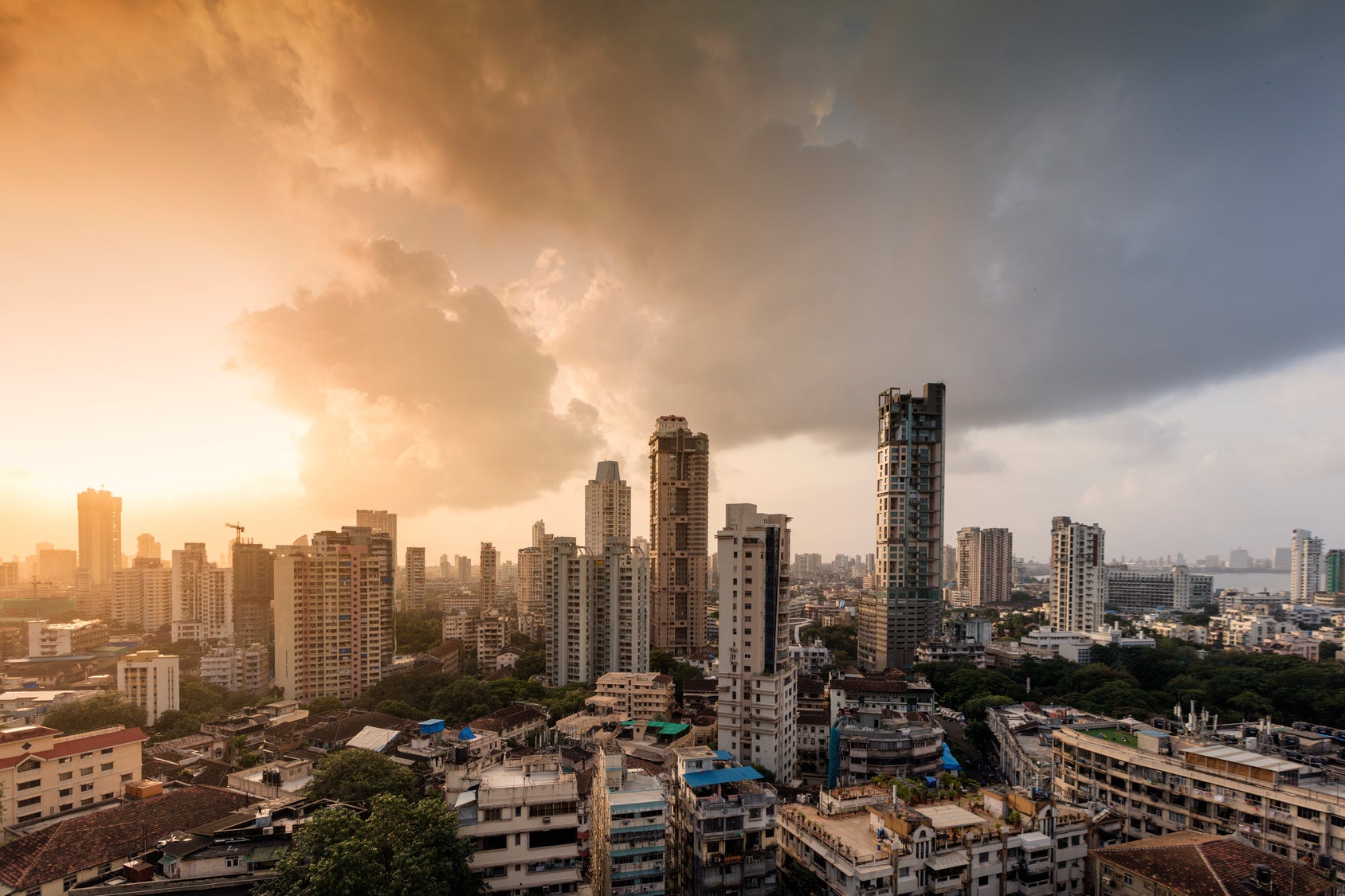Sometime this spring, a major geopolitical shift is coming: India will surpass China as the world’s most populous country. It’s a bit ahead of schedule—in fact, the wonks who count such things say it may have already occurred—but experts have seen this milestone coming for years, so it’s not exactly a surprise.
What could be surprising, however, is what this change means for American companies. That’s especially true for the home furnishings industry, which continues to get the bulk of its products from China but is frantically moving to shift its sourcing and manufacturing to other Asian nations. With the largest global population and an economic infrastructure gearing up for increased export, India stands to gain the most from this sourcing diaspora. It’s why a headline this week in The New York Times asked: “Will This Be the ‘Indian Century’?”
India’s population will clock in at about 1.4 billion people in 2023, and according to U.N. forecasts, that number will continue to climb to over 1.5 billion by 2040, and even higher over the following 20 years. In the meantime, the organization predicts that China’s totals have peaked and will begin a slow-but-steady drop over the rest of the century, falling below the 1 billion level sometime before 2080.
For India, the opportunities are enormous … and so too are the challenges. Its infrastructure, economic systems and growth of the middle class are all very much behind China’s. But its demographics portray a nation with a young and expanding workforce, and that’s good for its business sector.
That’s why we’re likely to see much higher totals of exports from India, including in home furnishings. India already is the No. 2 supplier of home textiles to the U.S. and has a vibrant export sector in gifts, decorative accessories, tabletop and rugs. But it lags behind in furniture, and significantly behind in consumer electronics and household appliances.
The gap in electronics may be the first to close, thanks to recent moves by Apple, which says it will begin to move at least 10 percent of its manufacturing to India, largely migrating from China. The company’s largest Chinese supplier, Foxconn, just announced that it will create 100,000 jobs in India with new manufacturing facilities, a major turning point for the country’s production base. As it was in China, Apple has been at the forefront of the sourcing world, and other companies are likely to follow its lead.
In off-the-record conversations with U.S. companies that source product overseas, a number have said they are moving aggressively to exit China and switch to Indian suppliers. Furniture producers had already been making moves in this area, though most sourcing in China initially shifted to Vietnam, Indonesia and elsewhere in Southeast Asia. Lighting, which had been a mainstay of China, is also moving toward India. Other electrical products, notably kitchen and household appliances, are likely to be on the tail end of this migration, simply because India does not have a history of making these kinds of products.
But it’s the decorative accessories and home decor areas where India should be expected to gain market share the fastest. The country has long had a tradition of hand-crafted gift and home products, and new factories and larger-scale production facilities are spurring expansion. A “Made in India” tag retains a cache among American consumers that China was never able to achieve, given the latter’s reputation for mass-scale commodities and lower-priced goods.
The “Make in India” campaign, initiated in 2014 by current prime minister Narendra Modi, has represented a big effort to promote Indian goods around the world, though some would say it has not been as successful as was initially hoped. Now the timing seems to be working in India’s favor. “Western countries are now rushing to embrace India as an alternative to China,” wrote Alex Travelli and Weiyi Cai in their Times article, indicating that service as much as manufacturing would drive growth in the years ahead. “India’s economic story, however it turns out, will not be a repetition of China’s. The only certainty about the new biggest country in the world is that it will be unlike any that came before it.”
Prime Minister Modi certainly agrees. As he recently said, “India’s time has arrived.”
Homepage image: ©Robertharding/Adobe Stock
____________
Warren Shoulberg is the former editor in chief for several leading B2B publications. He has been a guest lecturer at the Columbia University Graduate School of Business; received honors from the International Furnishings and Design Association and the Fashion Institute of Technology; and been cited by The Wall Street Journal, The New York Times, The Washington Post, CNN and other media as a leading industry expert. His Retail Watch columns offer deep industry insights on major markets and product categories.




























